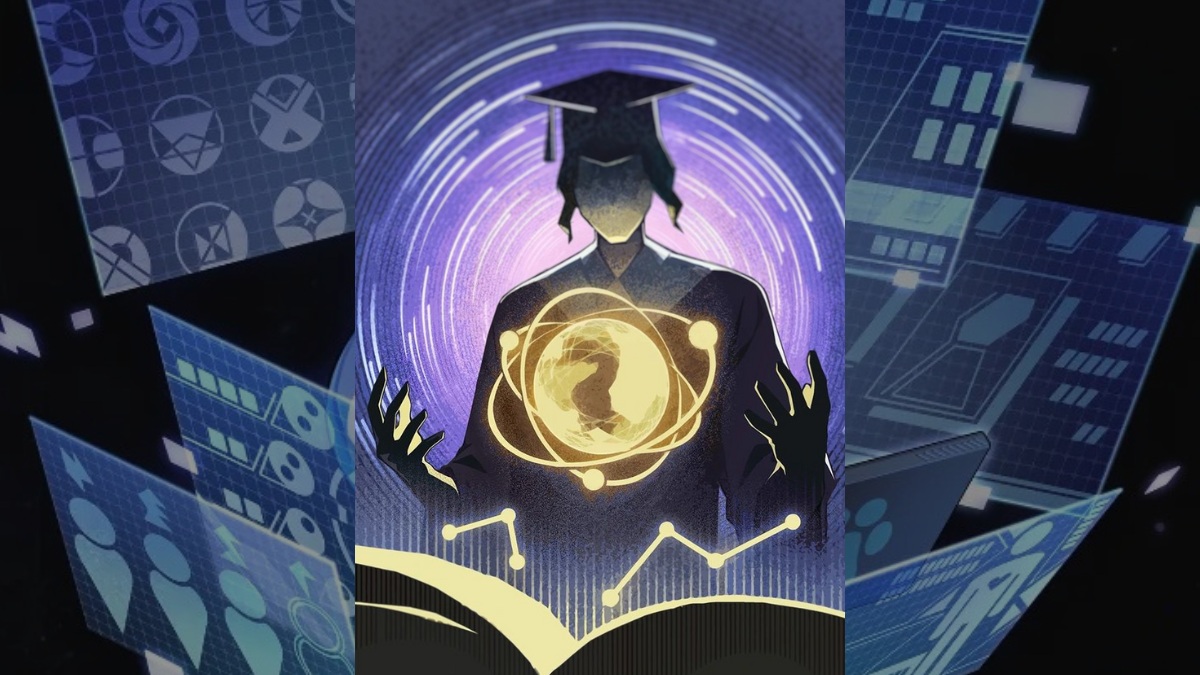The members of the Genius Society are often at the center of everything big happening in the Star Rail universe. However, not everyone does it willingly. Some are just shy and want to live their lives without drawing any attention….

The members of the Genius Society are often at the center of everything big happening in the Star Rail universe. However, not everyone does it willingly. Some are just shy and want to live their lives without drawing any attention….